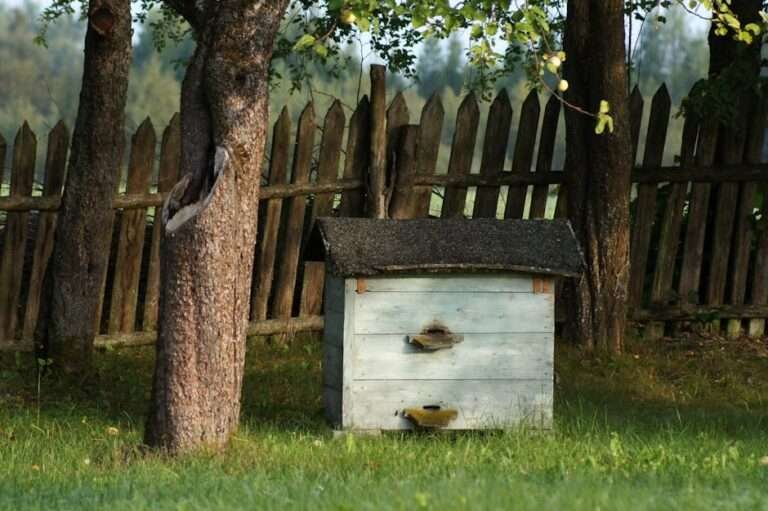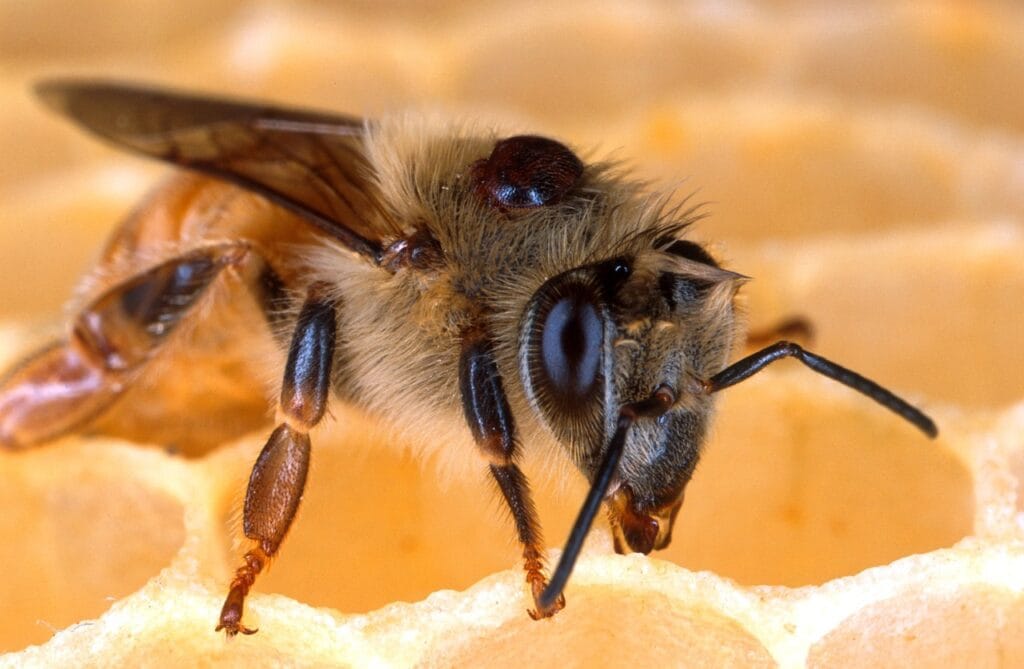Here’s how soil conditions affect the success rate of nematodes targeting SHB pupae
Soil conditions greatly affect the success rate of nematodes targeting SHB pupae, influencing their movement, survival, infectivity, and ultimately the mortality of SHB larvae and pupae. The main soil-related factors are:
- Soil Texture and Type: Nematodes like Steinernema carpocapsae are generally more effective in sandy and loamy sand soils, achieving high control rates—94% mortality in loamy sand (Kalmia loamy sand), 80% in fine sandy loam, and about 47% in silt loam under comparable conditions. Dense, heavy, or compacted soils (like silt loam and clay) reduce nematode movement and can lower control efficacy[1][2].
- Soil Moisture: Adequate moisture is essential for nematode activity and survival, but overly wet or completely dry soils reduce their effectiveness. Optimal field moisture enables nematodes to disperse through soil pores and find SHB larvae. Low moisture conditions were shown to reduce SHB pupation and nematode efficacy, though S. carpocapsae still performed well at higher concentrations[1][2][3].
- Soil Structure and Aeration: Looser, well-aerated soils allow nematodes to move more freely and access the target larvae. Compacted soils restrict nematode travel, decreasing the likelihood of SHB larvae infection[4][5].
- Organic Content and Microbial Activity: Natural, non-autoclaved soils might present more competition and slightly lower efficiency versus sterile soils, but S. carpocapsae still achieves high control in both types, especially when applied at higher population densities[1].
- Persistence: In favorable soils (sandy loam), nematodes can persist for up to six weeks or more after a single application, maintaining high SHB mortality across that period[2].
Summary Table: Soil Factor Impact on Nematode Efficacy for SHB
| Soil Condition | Effect on Nematode Success | Result |
| Sandy/Loamy Sand | Optimal movement, high infection rates | Up to 94% SHB mortality[1][2] |
| Silt Loam/Clay | Restricted movement, lower efficacy | Around 47–60% SHB mortality[1][6] |
| Adequate Moisture | Needed for nematode survival & host finding | Consistently high SHB control[1][3] |
| Overly Wet/Dry | Poor nematode survival and movement | Reduced or inconsistent control[3][4][5] |
| Loose/Aerated Soil | Improved nematode travel and infectivity | Greater SHB mortality[1][5] |
| Compacted Soil | Hindered nematode movement | Lower overall success[4][5] |
In summary
Nematode applications will be most successful in loose, well-drained, sandy or loamy soil with moderate moisture levels, while dense, compact, or excessively wet/dry soils will reduce their impact on SHB pupae[1][2][3][4].
⁂
- https://etd.auburn.edu/bitstream/handle/10415/7330/MSThesisFinal.pdf?sequence=2
- https://pmc.ncbi.nlm.nih.gov/articles/PMC11954647/
- https://extension.psu.edu/insect-parasitic-nematodes-for-the-management-of-soil-dwelling-insects/
- https://cals.cornell.edu/integrated-pest-management/outreach-education/fact-sheets/heterorhabditis-bacteriophora-beneficial-hb-nematode
- https://cals.cornell.edu/integrated-pest-management/outreach-education/fact-sheets/steinernema-feltiae-beneficial-nematode-sf
- https://pmc.ncbi.nlm.nih.gov/articles/PMC2987532/
Ad – Amazon Associate Store










